Kindergarten Thank You Letter Template for Teachers and Parents

Showing appreciation for the hard work and dedication of those who nurture young minds is essential in building positive relationships. A thoughtful note of gratitude can go a long way in conveying how much their efforts are valued. Whether it’s for a special occasion or simply a moment of acknowledgment, sending a personal message is a meaningful gesture that leaves a lasting impression.
Crafting a well-worded expression of thanks requires careful thought and sincerity. The key is to make the recipient feel recognized and appreciated for their contribution to a child’s growth and development. This can be a small act that greatly impacts the morale of teachers, caregivers, and staff.
In this section, you’ll find various approaches and examples to help you write the perfect note. From general guidelines to specific wording suggestions, this guide aims to make the process of expressing gratitude simple and heartfelt. Whether for a teacher or a school aide, these tips will help you create a message that resonates with warmth and appreciation.
Why Thank You Letters Matter in Preschool
Expressing gratitude plays a vital role in building positive connections between caregivers and parents. When children start their early education journey, the support they receive from teachers and staff is invaluable. A simple acknowledgment can boost morale, foster a sense of belonging, and create a nurturing atmosphere that benefits both the educators and the families they work with.
Fostering a Positive Relationship
Gratitude encourages strong bonds between families and early education professionals. When educators feel appreciated, they are more likely to be motivated, which directly impacts the quality of care and instruction they provide. A thoughtful note can show that their efforts are noticed, creating a more collaborative environment.
Encouraging a Culture of Appreciation
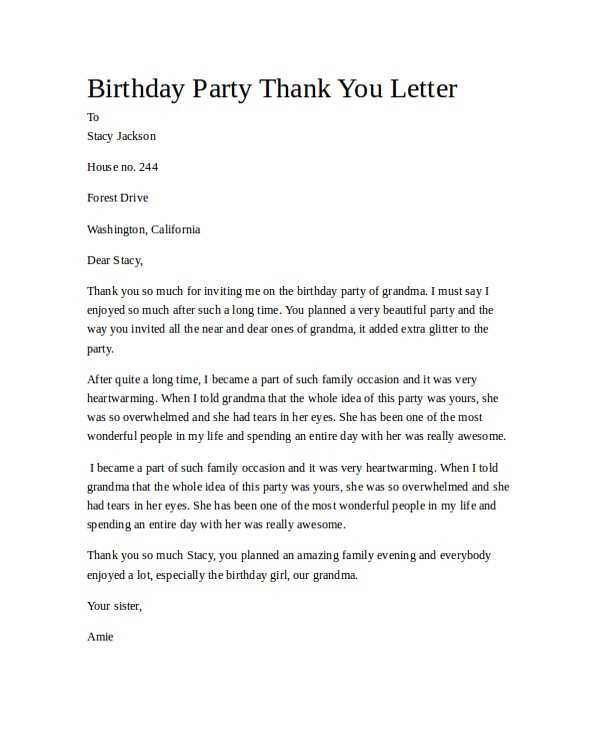
Sending a message of appreciation not only impacts the receiver but also sets an example for children. It teaches young learners the importance of being kind, respectful, and acknowledging the hard work of others. This simple act can instill values of empathy and respect that children carry throughout their lives.
Steps to Write a Simple Thank You Note
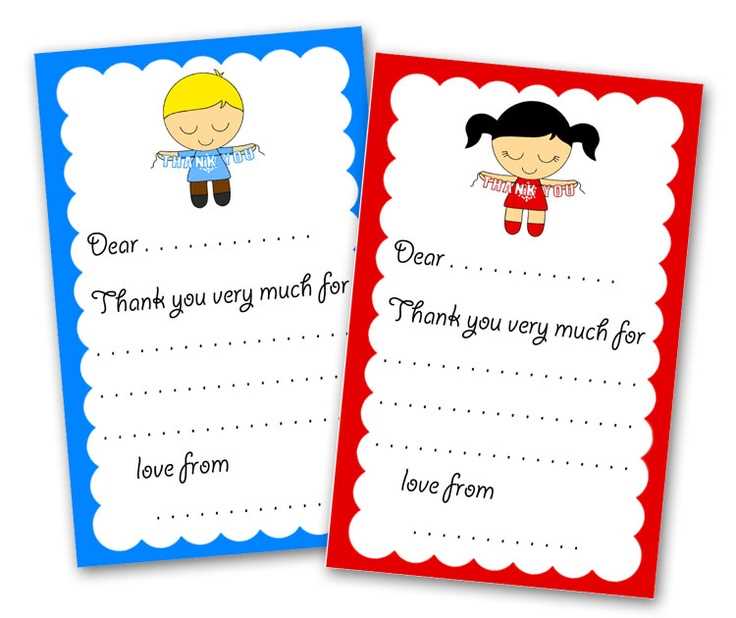
Writing a short and meaningful message of appreciation doesn’t have to be complicated. The goal is to convey genuine gratitude while keeping the message clear and sincere. A few simple steps can help create a thoughtful note that will resonate with the recipient.
Start by addressing the recipient with a warm greeting. This sets the tone for the entire message. Next, mention specifically what you are grateful for. Focus on the actions or qualities that made an impact. After that, express how their efforts or kindness made a difference in your or your child’s life.
Finally, close the message with a thoughtful sign-off. A few words of warmth or a simple “best wishes” can leave a positive impression. Keep the overall message concise, and ensure it feels personal to strengthen the connection.
Creative Ways to Express Gratitude
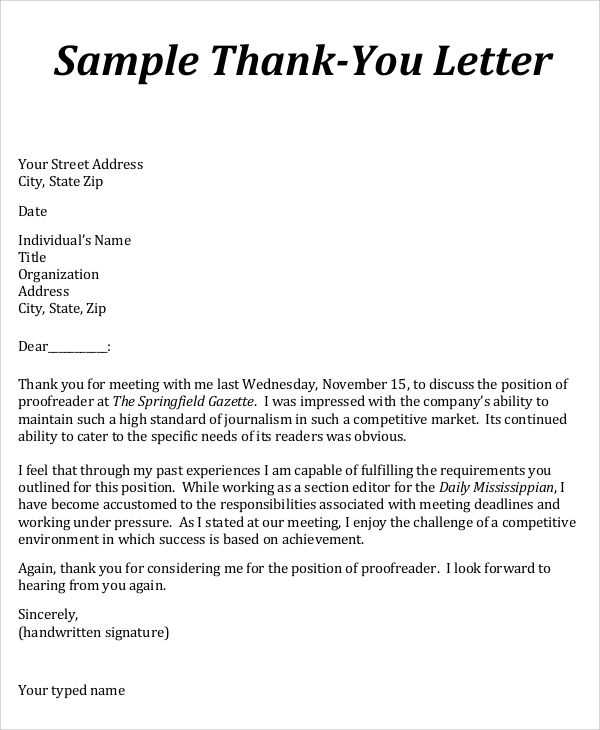
Showing appreciation can go beyond traditional methods. When expressing your gratitude, think outside the box to make your message stand out. Personal touches, creative formats, and unique ideas can enhance the impact of your gesture, making it more memorable for the recipient.
Handmade Gifts and Crafts
Personalized crafts are an excellent way to show appreciation in a unique and heartfelt manner. Creating a simple drawing, a handprint art project, or even a small DIY gift can add a personal touch to your gesture. These creative tokens are meaningful, and they reflect the thought and care put into expressing gratitude.
Customized Cards or Notes
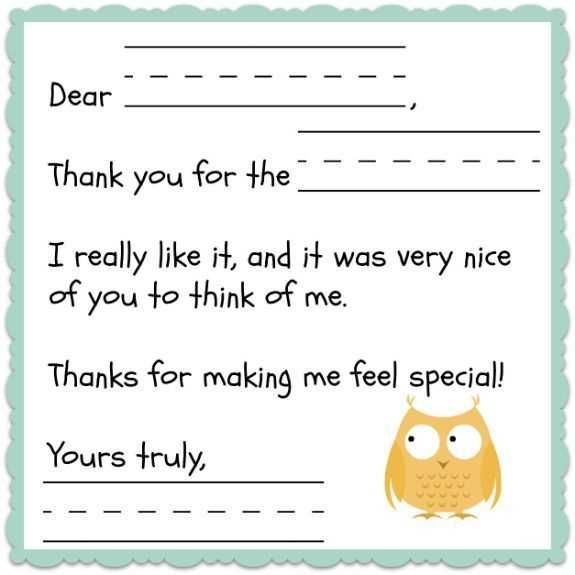
Designing a customized card or message adds a special flair to the expression of thanks. You can incorporate colors, drawings, or quotes that reflect the recipient’s personality. Whether through a printed design or handmade card, the effort you put into personalization will make your message stand out.
Timing Your Thank You Note Appropriately
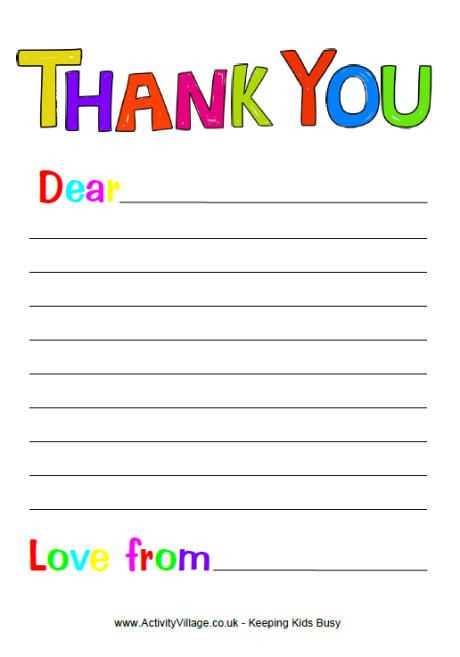
Sending a message of appreciation at the right moment is key to making it meaningful. The timing can significantly impact how the gesture is received. Whether it’s in response to a special event, a job well done, or an ongoing effort, recognizing the right moment to express gratitude enhances its value.
Consider the following instances when sending your message will have the most effect:
- After a Significant Event: If a teacher or staff member has been involved in a special activity, sending your note shortly afterward ensures that the impact of their effort is fresh in their mind.
- End of the School Year: As the year concludes, showing appreciation for the time spent with the child is a thoughtful way to wrap up a memorable experience.
- During Holidays or Special Occasions: Special celebrations provide a natural opportunity to express gratitude for the support given throughout the year.
- After a Specific Achievement: If a teacher or staff member helps a child reach a milestone, acknowledging their role right away adds personal value to the moment.
By aligning the timing of your message with the event or effort, you make it more relevant and impactful. A well-timed expression of appreciation will leave a lasting impression on those who have contributed to the child’s journey.
How to Tailor Your Message to Recipients
Personalizing a message of appreciation is essential in making it feel genuine and meaningful. The recipient’s role, personality, and contributions should influence the tone and content of your message. A customized approach shows that you’ve put thought into the expression, making it more impactful and memorable.
Below is a table outlining how to adjust your message depending on the recipient’s role and the context:
| Recipient | Message Focus | Tone and Style |
|---|---|---|
| Teacher | Highlight their dedication, teaching methods, and support in shaping the child’s growth. | Warm, respectful, and professional |
| School Staff | Appreciate their behind-the-scenes efforts that contribute to the smooth running of the environment. | Friendly, informal, and sincere |
| Parent | Acknowledge their partnership in supporting the child’s development and learning experience. | Heartfelt, grateful, and personal |
| Volunteer | Thank them for their time and involvement in specific activities or events. | Casual, appreciative, and enthusiastic |
By adjusting the focus and tone based on the recipient, your message will feel more thoughtful and sincere, reflecting the unique contributions of each individual.
Sample Letters for Teachers and Parents
Having a starting point can make expressing appreciation easier and more effective. Below are sample messages for different recipients that highlight their unique contributions. These examples can help guide you in crafting a message that feels personal and appropriate for the occasion.
For Teachers:
Dear [Teacher’s Name],
I wanted to take a moment to express my deep appreciation for your dedication and hard work. Your commitment to nurturing and guiding [Child’s Name] has been truly remarkable. The positive environment you create in the classroom has made a significant impact on [his/her] development, and I am so grateful for everything you do.
Thank you for making learning such an enjoyable and inspiring experience for [Child’s Name]. Your efforts are truly valued, and I’m grateful for your continued support.
Sincerely,
[Your Name]
For Parents:
Dear [Parent’s Name],
I wanted to express my heartfelt gratitude for your continued support and involvement in [Child’s Name]’s education. Your encouragement and partnership have been essential in helping [him/her] grow and thrive. It has been a pleasure working with you and seeing how much your child has progressed under your care and guidance.
I look forward to continuing our collaboration as we work together for the success of [Child’s Name]. Thank you again for being such an important part of this journey.
Sincerely,
[Your Name]
These examples can be adjusted to fit specific situations and personal experiences, ensuring your message remains sincere and meaningful.